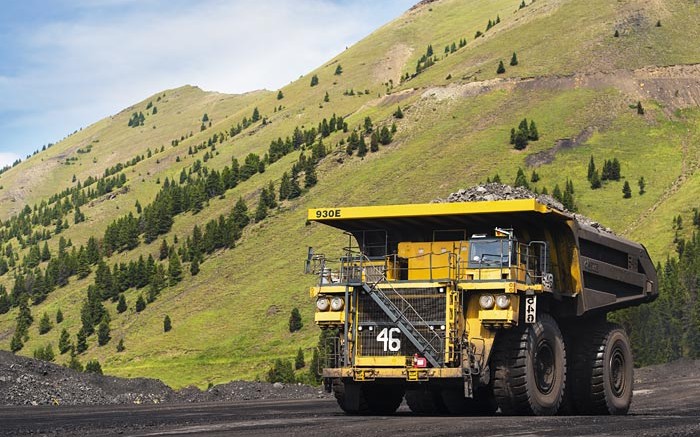VANCOUVER — Teck Resources’ (TSX: TCK.B; NYSE: TCK) second quarter profit fell to $72 million, down more than 70% compared to the same quarter last year because of low metallurgical coal prices.
Throughput was up at 10 of Teck’s 13 operations compared with a year ago, but profits were lower “as a result of lower coal prices, which are currently at their lowest level since 2007,” Teck said. Metallurgical coal prices have fallen 29% in the last year. They are down 15% in just the last quarter.
“Teck continues to experience volatile markets for its products and prices for some of its products have declined significantly,” the company said about its quarterly results. “Demand for the company’s products, particularly coal, remains strong. However, increased production from Australian mines has put downward pressure on coal prices. While Teck believes that the longer-term fundamentals for steelmaking coal, copper and zinc are favourable, the recent weakness in some of these markets may persist for some time.”
Teck sold 6.8 million tonnes of coal in the second quarter at an average price of US$111 per tonne. Looking ahead, the company has locked in 5.5 million tonnes of coal sales for the third quarter at US$120 per tonne for its highest-quality product. Spot transactions are expected to boost total sales to “at or above 6 million tonnes” in the quarter.
For the year Teck expects to produce 26 million to 27 million tonnes of coal. It should cost the company between $52 and $57 to produce each tonne, plus $37 to $41 to transport each tonne to its destination.
On the copper front things were similar, though less dramatic: production was up but profits down because of lower prices. Copper averaged US$3.08 per lb. on the London Metal Exchange in the quarter, down 5% compared to the second quarter of 2013.
The company optimized its mill at the Highland Valley mine, which boosted quarterly production by 39% year-over-year. At Quebrada Blanca in Chile the company is preparing for and permitting the next phase of operations, which will see the mine finish with oxide ores and transition into supergene material.
For the year Teck expects to produce 320,000 to 340,000 tonnes of copper at an average unit cost of US$1.95 to US$2.05 per lb., or US$1.65 to US$1.75 per lb., after by-product margins.
The only commodity Teck produces that saw price appreciation over the quarter was zinc, for which prices gained 13% year-over-year. Most of Teck’s zinc comes from its Red Dog mine in Alaska, which plans to ship out 996,000 tonnes of zinc concentrate and 184,000 tonnes of lead concentrate during the mid-year shipping season.
Teck also operates a zinc refinery in Trail, where the company recently built a new acid plant that replaces two facilities and should improve environmental and operational performance.
Teck is also working to restart the Pend Oreille underground zinc–lead mine in Washington state before year-end.
In the longer term Teck says it’s focused on securing interest in the oilsands business by developing the Fort Hills oilsands project. The company says building Fort Hills will require substantial investment through 2017, but would provide cash flow and diversify its commodity mix, with a long-life asset in a stable jurisdiction.
Fort Hills is a joint venture between Teck, which owns 20%, France’s Total with 39.2% and Suncor Energy (TSX: SU; NYSE: SU), which owns the rest and is operator.
Suncor says spending at the site will total $3.2 billion in 2014, of which Teck’s share is $850 million. Over the four-year build Teck expects to contribute $2.9 billion, which it describes as “a significant portion of its capital resources.” The first oil is expected in late 2017.
Teck has been reducing costs over the last 18 months and the effort has passed its initial goals, with $150 million in annualized reductions. Success has come by improving equipment and labour productivity, hiring fewer contractors, reducing consumables and limiting the use of higher-cost equipment. The company wants to cut annual spending by another $50 million.
Higher prices for diesel and natural gas and a stronger U.S. dollar have boosted unit production costs, countering some of Teck’s cost-cutting efforts.
At the end of June Teck had $2.1 billion in the bank. During the quarter the company extended the term of its revolving credit facility to mid-2019, and increased the amount available to US$3 billion from US$1 billion, giving the company access to liquidity totalling $5.3 billion.
Teck’s share price dipped 10¢ following its second-quarter results to close at $45.44. The company has a 52-week trading range of $32.36 to $47.18, and 1.5 billion shares outstanding.


Be the first to comment on "Low coal prices cut into Teck’s profits"